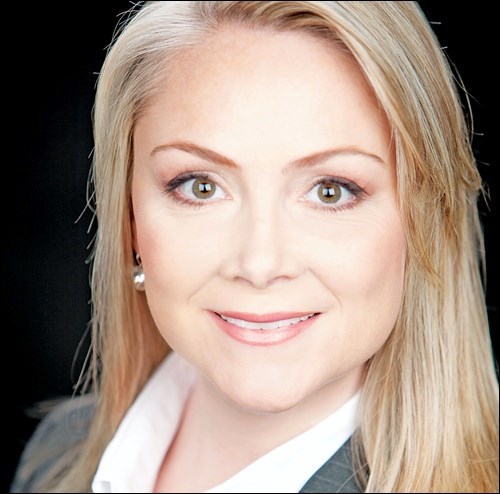How much should I withdraw every year from my investment portfolio so it will last through my retirement? This is a problem all Baby Boomers are wrestling with. Many high net-worth investors wish to maintain a lifestyle close to what they enjoyed during their peak earning years. This may in some cases be possible, especially if retirement savings are substantial. However, even in the case of high-bracket retirees, two key issues must be addressed to come up with an optimal withdrawal rate: longevity and inflation.
First of all, the average lifespan for both men and women has increased considerably in the last few decades. Those retiring at age 65 can expect to live another 20 years, sometime longer. So income calculations must take into account another two or three decades of life, usually with increasing health problems. You’ll want to have a plan in place that adequately covers changes in health and living arrangements.
Second, even though it is currently low at around an annual rate of 1%, inflation eats insidiously into retirement savings, year after year reducing purchasing power. So any retirement income plan will also have to factor in an assumption for inflation.
Inflation is very basically the increase in price levels over time. It’s commonly measured by the consumer price index (CPI). If the prices of everyday items, like milk, eggs, and bread, increase over time and the return on your portfolio does not exceed the increase, then your purchasing power has decreased, and your portfolio’s value has in fact shrunk.
Inflation is a key reason why investors often search for investments with higher yields than “safe” fixed-income assets like government bonds or guaranteed investment certificates. Your investment return will need to pay for the increased cost of goods in the future after inflation and taxes, and the current yield on low-risk fixed-income assets after taxes and inflation is near zero. Dividend-paying stocks are a popular option, as are dividend-focused mutual funds and exchange-traded funds.
The Bank of Canada aims to keep inflation at the 2% midpoint of an inflation-control target range of 1% to 3%. The inflation target is expressed as the year-over-year increase in the total consumer price index (CPI) – the most relevant measure of the cost of living for most Canadians. The Bank of Canada provides an online “inflation calculator” that lets you see how much your purchasing power will erode over a given period at a given rate of inflation.
If the BoC succeeds in raising the headline inflation rate to 2.0% from its recent 0.8% (and eventually it will do so), your investments must earn at least 2.0% just to break even on your purchasing power – in other words, you’ll have to earn that much just to stay in the same place.
You’ll often hear that a 4% annual withdrawal rate is a sustainable target for retirement portfolios designed to provide income for at least 20 years. The theory is that the portfolio would need to grow by 4% annually to replace the 4% withdrawal. But things become problematic when you start factoring in inflation and taxes. Inflation rates can fluctuate widely with economic and monetary conditions. In 2001, for example, all-items inflation was running around 5%, only to become negative (deflationary) in 2009. Inflation is likely to rise in the next two decades. Taxes, too, will eat into your returns. So realistically, your target investment return rate would have to be in the vicinity of 6% or more to keep your portfolio producing income over the target time horizon.
So how do you achieve this type of return? Some advisors recommend a total-return approach, even with retirement assets, relying on a carefully balanced mix of stocks, bonds, and cash to produce income from a combination of interest, dividends, and capital gains (that is, regular sales of assets that have increased in value to rebalance holdings back to target holding levels). Other advisors like to stick to a straight dividend-producing strategy, with some fixed-income included as risk mitigation.
In some cases, advisors may recommend a systematic withdrawal plan that combines withdrawal of investment income and capital gains with withdrawal of a certain amount of capital so that the entire portfolio is depleted at the end of the target time-horizon (this is often combined with an insurance strategy to provide an estate for beneficiaries).
The fact is that there is no single “right” approach to creating a retirement income stream. Much depends on the individual retiree’s financial circumstances and need for cash flow. But there are definite ironclad principles regarding risk, time-horizon, target growth rates, and asset allocation that go into calculating an optimal income flow. Then there are Canada Pension Plan payments (currently a maximum of $1,065 per month) along with Old Age Security (now a maximum $563.74 per month). It all factors into the income stream calculation. A qualified financial planner is in the best position to assess these and integrate them into a financial plan that will produce an optimal retirement income flow.
Courtesy Fundata Canada Inc. © 2015. Robyn Thompson, CFP, CIM, FCSI, is president of Castlemark Wealth Management. This article is not intended as personalized advice.



